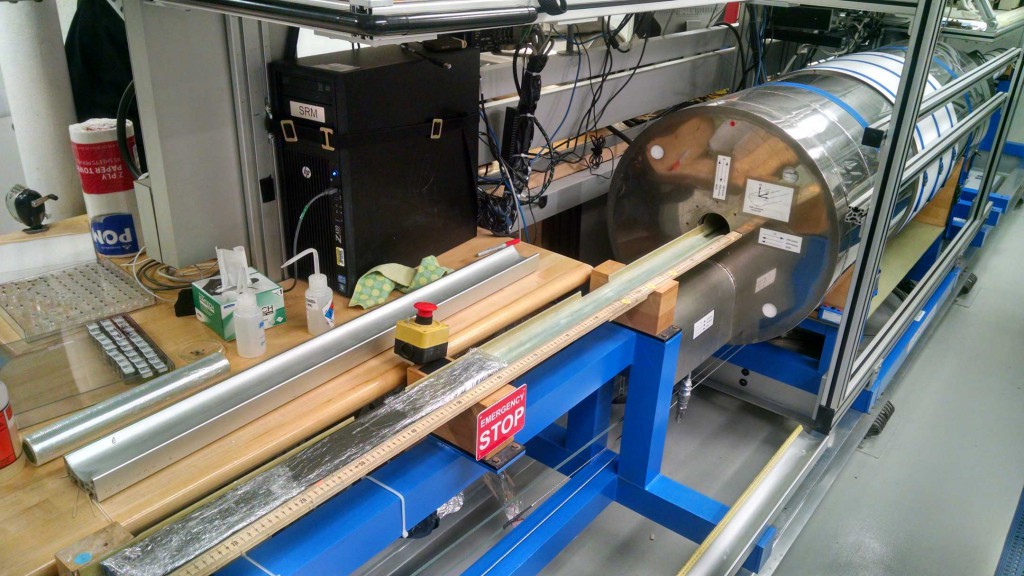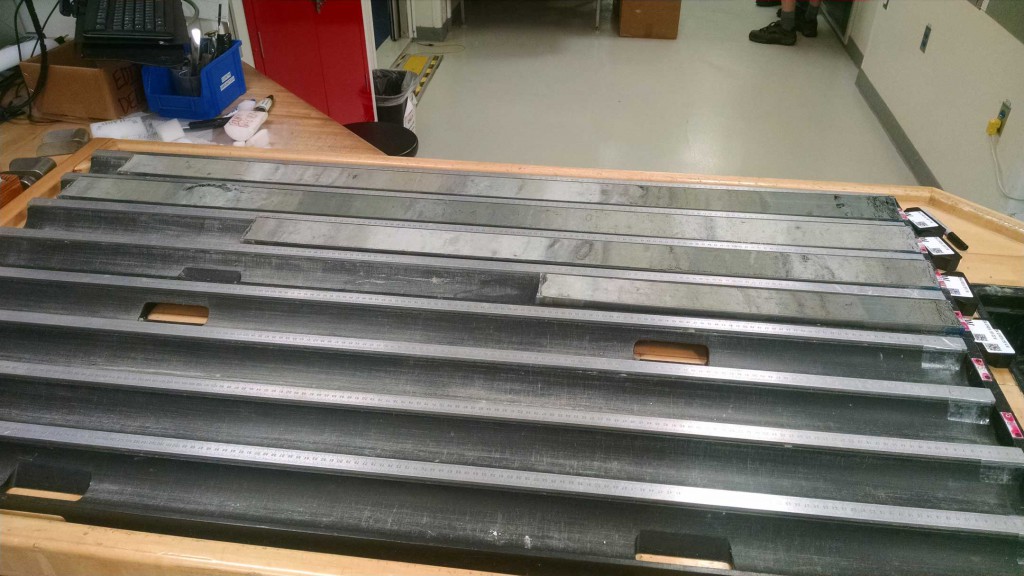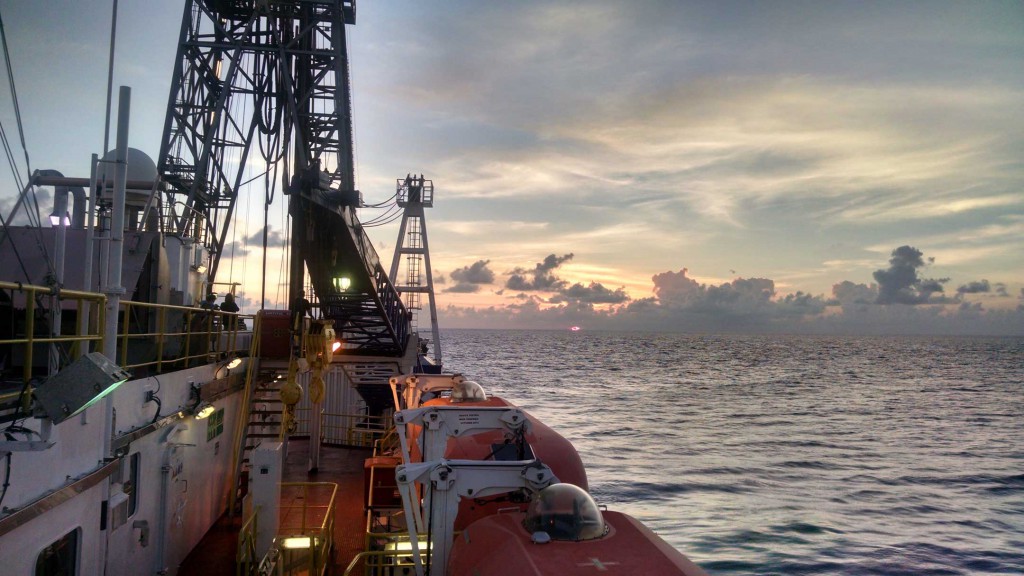Now at the second hole of our third site, the Exp 354: Bengal Fan team is preparing to start drilling the deepest hole of the expedition using an RCB (Rotary Core Barrel) system to a depth of 1500 meters below the sea floor! We expect this hole to recover sediments that were deposited before the onset of fan deposition at this location.
In the meantime, the paleomagnetic team has been working hard with the biostratigraphy team to determine a chronology and correlations for 3 of the previously drilled holes. The fan depositional processes are complex but fascinating. Determining a detailed timing of events will require a dedicated team effort both on ship and after the expedition is over.
One of the highlights of the expedition so far was the recovery of the deepest piston core in IODP history (using the relatively new half-length advanced piston coring (HLAPC) system), reaching 687.4 m below the sea floor!
To get a glimpse of life onboard the ship, you can check out this music video put together by our shipboard education officers. If you are interested in the science motivating the expedition, here is another video you can also check out.



